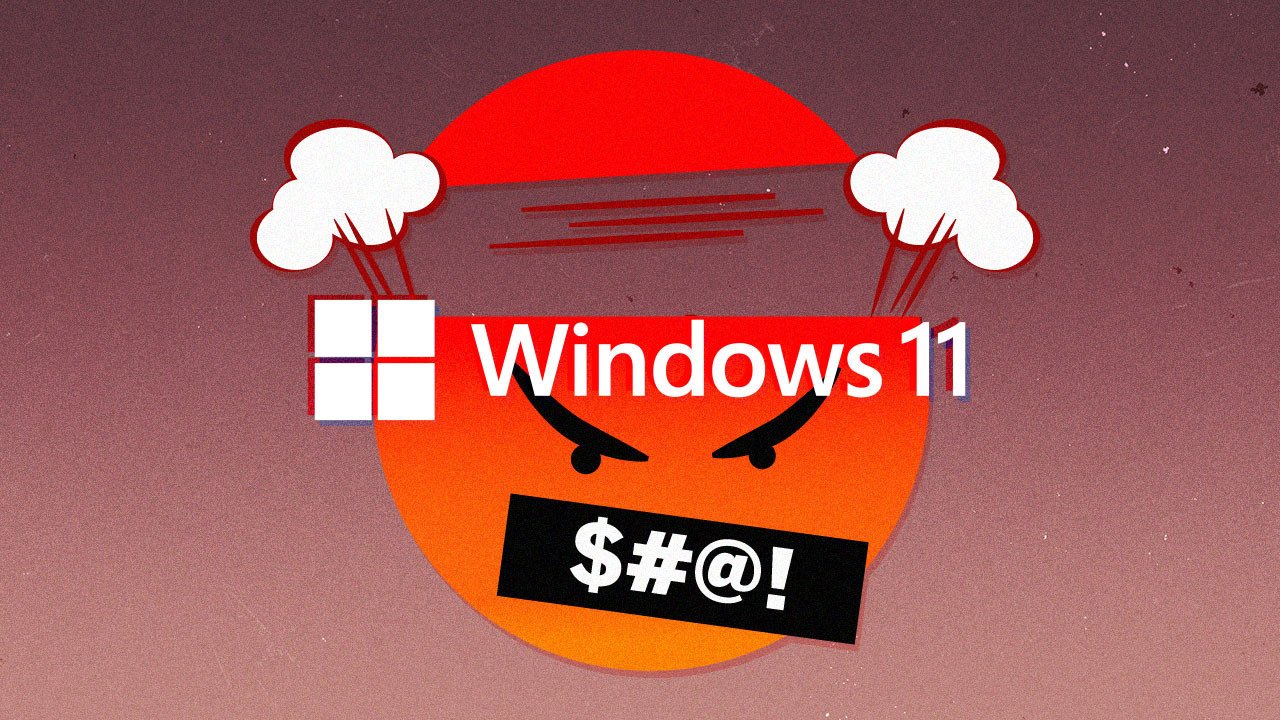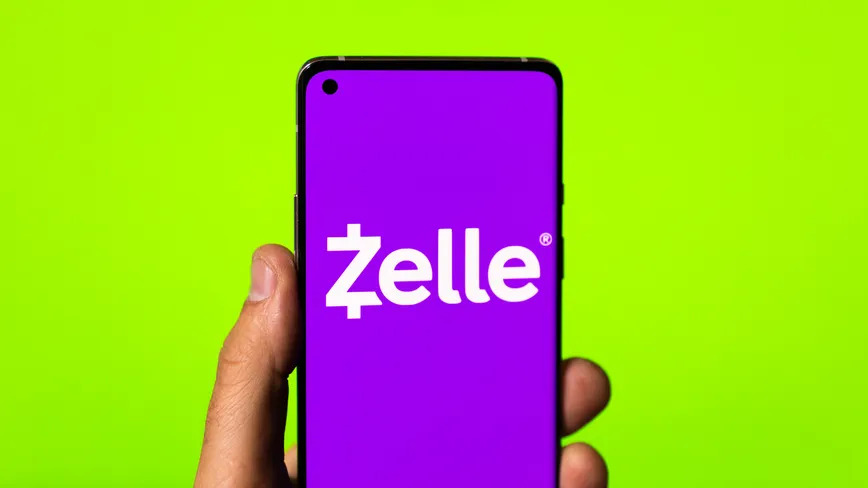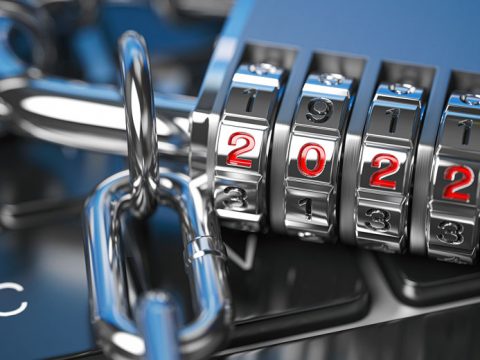
The FCC wants school buses to get WI-FI.
May 23, 2022
What critics are saying about Windows 11.
May 23, 2022The free payment app Zelle is hugely popular because it lets users transfer funds directly between bank accounts at no charge. But the popularity of Zelle — a collaboration between Capital One, JP Morgan Chase and other top banks — has also made it a major target for fraud.
Stories of Zelle users losing thousands of dollars in money-transfer scams continue to make headlines.
In an April 26 letter, Sens. Elizabeth Warren and Robert Menendez, both members of the Senate’s banking committee, questioned Zelle’s parent company, Early Warning Services, about “the extent to which Zelle allows fraud to flourish and the steps your company is taking to increase consumer protection and help users recover lost funds.”
Read on to learn how Zelle works, how criminals are using it to scam consumers and what to do if you fall prey to Zelle fraud.
What is Zelle and how does it work?
Zelle is a peer-to-peer (P2P) payment service created by a consortium of major US banks, including Bank of America, Chase, Capital One and Wells Fargo. It charges no fees and works with almost 1,500 banks and credit unions.
Created to compete with other electronic payment services like PayPal, Venmo and Cash App, Zelle lets banks handle casual electronic transfers without paying any fees to third parties. Customers whose banks don’t support Zelle can connect a debit card with the Zelle app.
Last year, people sent $490 billion through Zelle, more than twice Venmo’s $230 billion, The New York Times reported.
Zelle allows users to send money electronically to anyone: All you need is a recipient’s email address or US phone number to transfer funds. Transactions are instant and irreversible once complete, making Zelle very attractive to criminals.
What happens in a Zelle scam?
Most of the reported Zelle scams consist of pure social engineering: manipulating people with fraudulent information and scare tactics. Scammers use false claims and representations to get people to unknowingly authorize money transfers.
A common scam involves an email or text message asking a user to confirm a large, fake Zelle payment. When the user replies that they didn’t authorize the transfer, the scammer follows up with a phone call pretending to represent the bank and spoofing the financial institution’s phone number. They walk the caller through bogus instructions on how to reverse the unauthorized claims that instead actually transfer money to the criminals.
Another popular scam starts with a message claiming that your bank account has been compromised and that you need to take action immediately to resolve the problem. If you respond, the fraudsters follow up with a phone call, pretending to be your bank and guiding you through the process of transferring money.
Along with masquerading as your bank, scammers might also pose as institutions such as utility companies. A woman in Lorain, Ohio faced threats of service disconnection from someone posing as her electric company, who then asked her for Zelle payments to keep the power on.
Former Major League Baseball first baseman Keith Hernandez almost fell for the same utility scam. He was targeted by a fraudster claiming to represent Florida Power & Light:
Keith Hernandez tells a harrowing tale of almost falling for a phishing scam.
— Awful Announcing (@awfulannouncing) April 13, 2022
"You fell for that?" – Gary Cohen 🤣 pic.twitter.com/uyPfDVESMj
How can I protect myself from Zelle scams?
Since most Zelle scams are socially engineered, there are concrete steps you can take to avoid them.
Don’t respond to unsolicited text messages or emails.
This advice holds true for all suspected scams, not just ones involving Zelle. If you receive a message that says it’s from your bank, but you didn’t contact them first, don’t respond. Instead, call your financial institution directly to inquire about your account and any potential security issues.
Assuming there are no problems with your account, you can also inform your bank that you’ve been phished. If you’ve given some personal info out because of the phishing attempt, you can work with your bank to protect your account
Watch for “urgent” deadlines or requests from new recipients.
If someone says you need to act immediately to resolve a financial problem, alarm bells should start clanging. Scammers use scare tactics and a sense of urgency to make you panic and less likely to think critically. With the utility scams in the section above, users were told they only had 30 minutes to act before their power was shut off.
If you notice any suspicious behavior from someone claiming to represent your bank, a utility or another organization asking for immediate payment, hang up immediately and call the business directly.
Also be warned of requests from any banks, businesses or utilities for new Zelle payments, especially if you’ve never paid them via Zelle before. If you receive any requests to pay with Zelle, contact the organization directly through their official website or phone number to get more information.
Never give anyone your two-factor authentication passcode.
Also known as multifactor authentication, two-factor authentication (2FA) adds an extra layer of security to your accounts. Each time you sign into your account, you’ll receive an additional one-time password, usually delivered by email or text message, that lasts for 30 to 60 seconds.
Once you’ve set up 2FA for your banking accounts, never give out your one-time passcodes to anyone. Criminals pretending to be your bank or utility company may pressure you with lots of bogus reasons for telling them your passcode, but real institutions will never ask you for it.
Use Zelle only for transfers to people or businesses you know and trust.
If you make a payment with Zelle, you may not be able to recover the money if you were scammed by mistakenly authorizing the payment. While Zelle provides a convenient and easy payment service, limiting its use to people you know personally will cut down your risk of getting scammed.
What should I do if I’ve been defrauded by a Zelle scam?
First, immediately contact the financial institution that was part of the transaction. That allows the business to start investigating as soon as possible. Because of the instant nature of Zelle, you’ll want to respond quickly.
According to many local reports, banks have been reluctant to reimburse losses from Zelle phishing scams, since the transactions were actually approved by the account holders. Several recent victims had money returned only after news reports of their scams put pressure on banks to do so.
In June 2021, the Consumer Financial Protection Bureau clarified its position on banks’ required compliance with the Electronic Fund Transfer Act of 1978, also known as Regulation E. The CFPB says that “if a third party fraudulently induces a consumer into sharing account access information,” that consumer should receive the same protections as if the money were acquired from a stolen debit card or other banking “access device.”
The EFTA also includes a big reason to report your Zelle scam immediately. The law requires consumers to notify their banks of loss or theft within two business days to receive full protection.
Note that the CFPB’s guidance only protects consumers who are unwittingly tricked into transferring money.
If your bank refuses to reimburse you for a Zelle scam, your only recourse (other than pitching your story to local media) is to file a complaint with the CFPB.
For more on protecting yourself from fraud, see the best identity theft protection and monitoring services and learn about rising scams on social media.
First published on May 4, 2022 at 4:05 a.m. PT.




